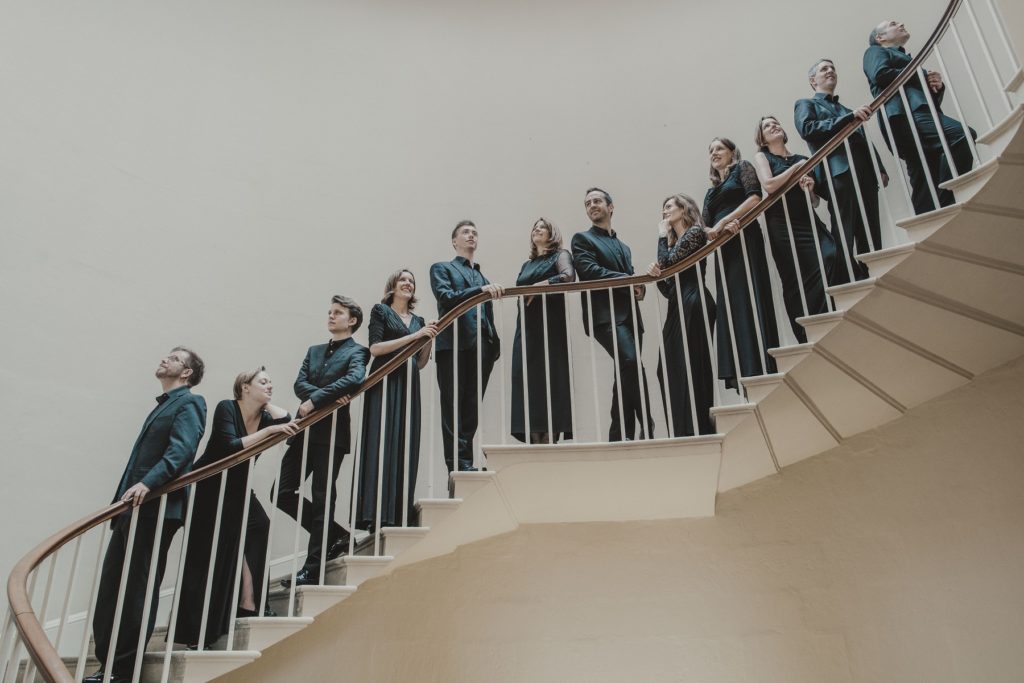
York Early Music Festival: Stile Antico, York Minster, July 13; Bojan Čičić, St Lawrence’s Church, York, July 13
OVER the past few years, and especially during lockdown, Stile Antico have been something of a “go-to” group in the early music world. No-one is complaining, least of all this critic. As their name implies, style is the watchword of these dozen voices.
Next month we commemorate the 500th anniversary of the death of Josquin des Prez, who is right up there in anyone’s shortlist of great Renaissance composers. He developed a new style that melded northern European technical precision with simpler Italian drama and clarity: it was widely influential for 200 years.
The programme was built around his Missa Sine Nomine (‘no-name’ mass, if you will), which is almost a textbook of imitation between voices, giving listeners multiple pegs to hang their hearing on.
Between the sections of the mass, we heard reminders of Josquin’s associations with his putative teacher Johannes Ockeghem, another of the greats, and two pieces by slightly younger colleagues.
After Josquin’s Kyrie, in which perfectly formed chords emerged from swirling mists of counterpoint, it was good to be reminded of Ockeghem’s sparer harmonies in his four-voice motet Alma Redemptoris Mater.
Following the Gloria, a work called Nymphes des Bois might have sounded almost lascivious in such a religious context. In fact it was Josquin’s setting of a lament by Jean Molinet on the death of Ockeghem in 1497, imploring all nature to weep for an engaging man variously described as gracious, kind and virtuous. It was indeed a gem, and faded symbolically.
Excitement at the start of the Credo became serenely dissonant at Christ’s Passion, before building again to a triumphant Amen. This was singing of the highest calibre, making perfect use of the building’s welcoming acoustic.
After Josquin’s own Salve Regina and an unusually restrained Benedictus, another lament followed, this time from Hieronymus Vinders on Josquin’s death, the dark colours of its seven voices underlined by the absence of sopranos. Finally, Jacquet de Mantua’s medley of Josquin’s greatest hits, doubtless instantly recognisable by contemporary ears, provided an upbeat conclusion.
These two straddled the soothing balm of Josquin’s Agnus Dei, completing the mass. All were a fitting tribute to a much-respected composer – and a timely reminder of his supremacy.

 Bojan Čičić: Late-evening late replacement for Rachel Podger
Bojan Čičić: Late-evening late replacement for Rachel PodgerLate evening at St Lawrence’s Church brought the unaccompanied violin of Bojan Čičić in Bach and Biber. He had gamely taken up the cudgels at the eleventh hour to replace Rachel Podger, who had been “pinged’ into self-isolation”. They have been successful duet partners on disc so are equally talented.
He began somewhat cautiously with the first of Bach’s solo sonatas from 1720, BWV 1001 in G minor. Bach was known as a keyboard layer, but also played the violin all his life so was no slouch where strings were concerned. These fearsomely difficult works from his period at Cöthen laid the groundwork for the virtuoso techniques displayed by such as Paganini in the 19th century.
But they held no terrors for Čičić, even if he warmed up slowly. The slow intro led into more rapid counterpoint, both sections in the minor, until the warm, major-key Largo that was virtually a duet. All were preparation for the moto perpetuo of the final Gigue, which was thrown off with incredible panache.
He continued to dazzle in The Guardian Angel, one of Biber’s famous Mystery Sonatas. Sixty-five repetitions of a four-note descending phrase may not sound promising, but Biber’s Passacaglia overlays them with an extraordinary exploration of technical wizardry. Čičić revelled in it. So did we.
The dance origins of Bach’s Second Partita, in D minor, were keenly emphasised. After an accented Allemanda and the running passagework of the Corrente, we enjoyed a stately Sarabanda with much internal ornamentation.
The extremely sprightly Gigue was prelude to a highly dramatic Chaconne in which Čičić positively rolled his bow all over the strings, at breakneck speed. Its ‘chorale’ in the major came as light relief before the final return to the more serious minor key. Riveting stuff. You did not dare take your eyes off him.
Review by Martin Dreyer
Available online on demand until August 13 at ncem.co.uk/yemf
